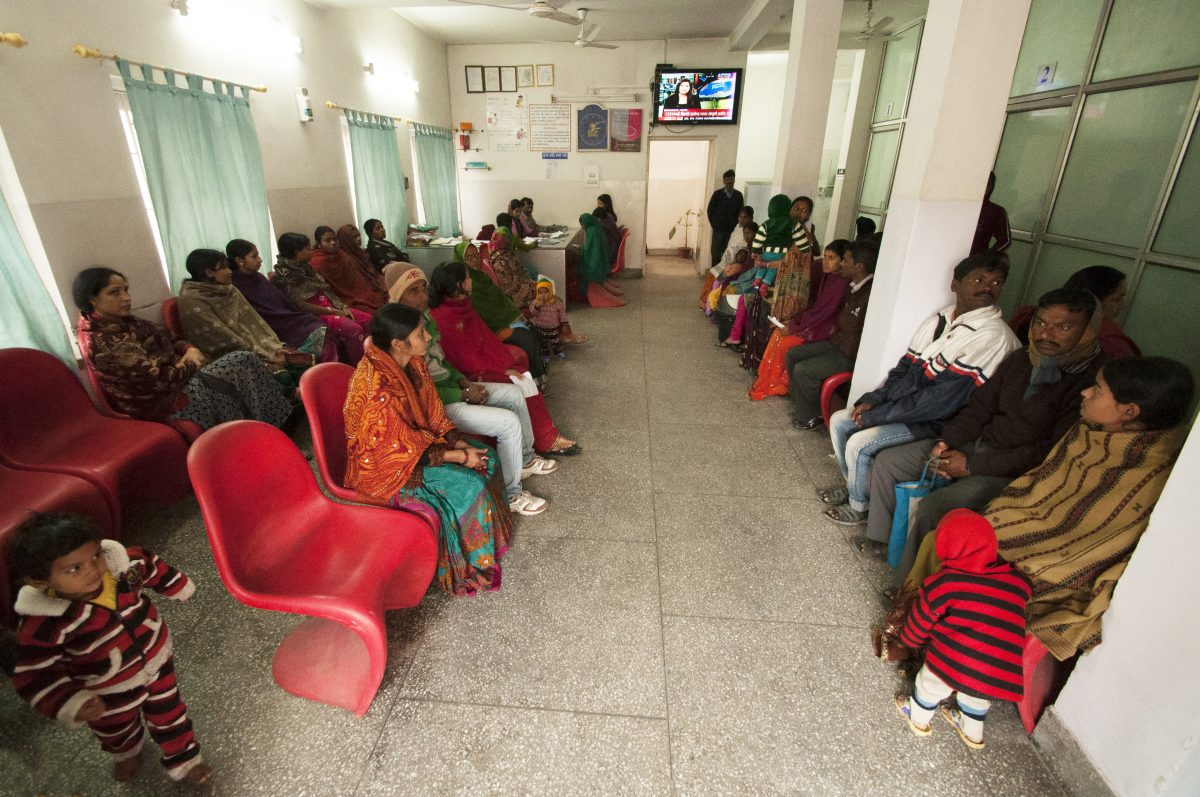
India’s doctor-patient ratio has improved according to the National Health Profile, 2019. However, the ratio still does not measure up to World Health Organization (WHO) norms of one doctor for every thousand people.
According to the data, collated by the Central Bureau of Health Intelligence (CBHI), there is one allopathic doctor for every 10,926 people in India. This is a slight improvement from the National Health Profile for 2018, which posited India’s doctor-patient ratio at one physician for every 11,082 people.
The Profile also indicates an increase in dentists, with 254,283 such practitioners registered as of December 31st, 2018. This comes against a backdrop of mounting oral health issues across the country, exacerbated by low awareness of dental hygiene and high levels of consumption of sugar and tobacco.
The National Health Profile also points to a significant alternative and traditional medicine workforce. Ayurvedic, yoga, naturopathic, unani, siddha, and homoeopathic (AYUSH) practitioners numbered at 799,879 in 2018 – an increase from 2017, when AYUSH doctors stood at 773,668. Promotion of AYUSH has been a tenet of the Narendra Modi government since first coming to power in 2014, with plans to expand the nation’s AYUSH infrastructure in the form of 12,500 centres – of which, 4,000 are to be built this year – and investment by the Centre in integrated health research.
The country’s significant AYUSH workforce has been cited in the past as enabling India to reach WHO doctor-patient ratio targets. “Considering the number of registered medical practitioners of both modern medicine (MBBS) and traditional medicine (AYUSH), India has already achieved the World Health Organization recommended doctor to population ratio,” read an editorial published last year. However, a deficit of allopathic physicians is concerning, particularly given the manifold health challenges faced by the country.
The National Health Profile was released earlier this week by the Union Health Ministry. The data painted a portrait of a country which has made progress on key indicators such as life expectancy and maternal mortality but is nonetheless plagued by a dual burden of noncommunicable diseases (NCDs) and infectious conditions – compounded by low spending on healthcare (1.28 percent of gross domestic product), inequity between the states and, indeed, staffing shortages. This is particularly true of specialist doctors, with an 82 percent shortfall across India’s primary and community health centres. Without plugging the gap, the vision of a healthy India will be all but unattainable.


Patient safety is our primary concern. Many procedures are in place to protect your well-being and provide you with the best possible medical outcome